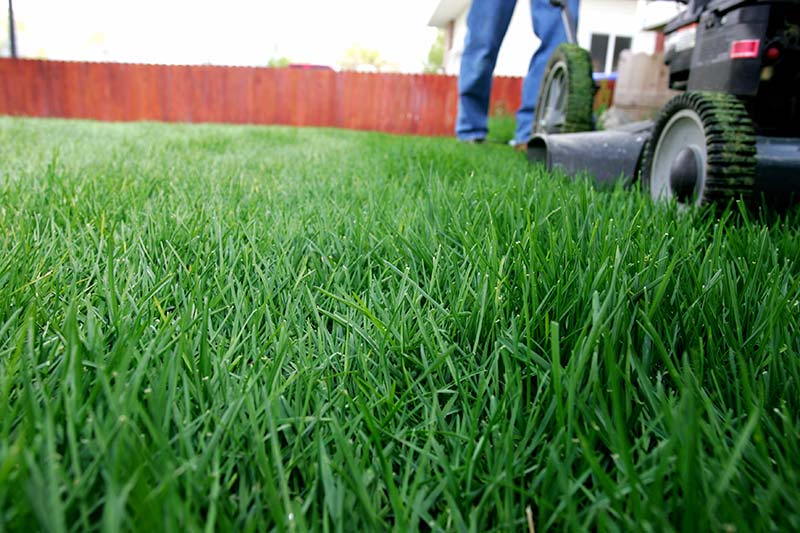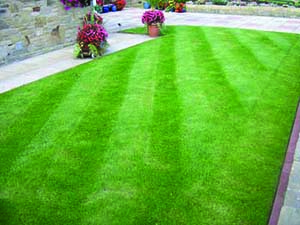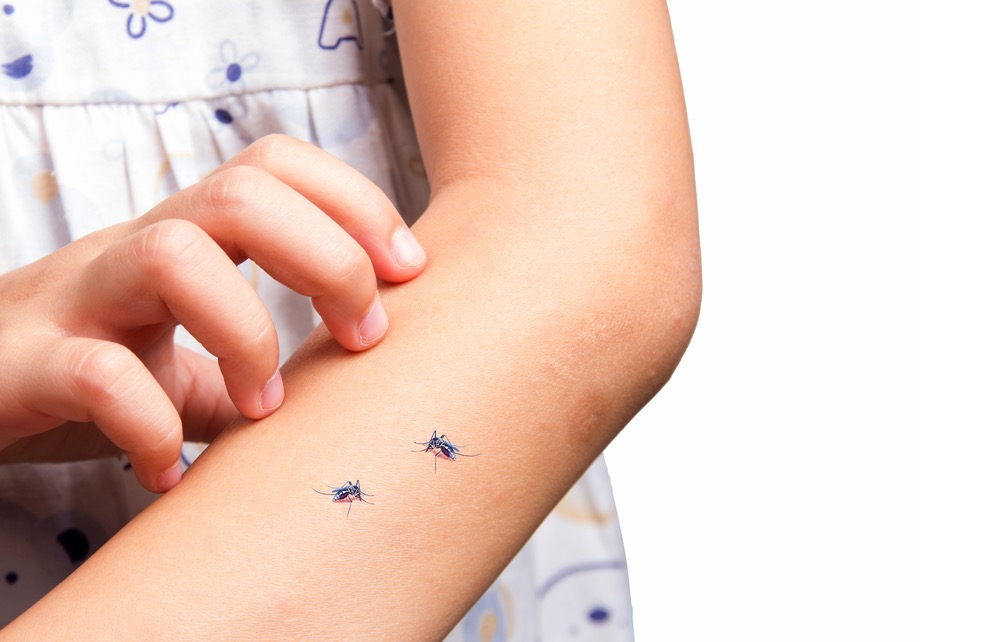If you’ve ever wondered where grubs come from and how they get in your lawn to begin with, it’s from June bugs and other common beetles like the Chafer or Japanese beetles. They lay their eggs in the soil, those eggs hatch, and the grubs are the larval stage of those eggs. What’s bad about grubs is that they feed on the roots of your grass. Homeowners don’t know they have a problem until they see the grass turning brown and damage is done. The grub experts at Green Head Turf have put together this grub guide to help you determine if you have grubs and know when to treat for them.
How to Know if Your Lawn Has Grubs
 Luckily, it’s pretty easy to find out if you have grubs. Simply dig up an area that’s showing signs of grass browning. If you notice brown patches in your lawn that look like drought stress, you may have grubs. Dig a one foot by one foot area of your lawn to just below the roots like you were going to use it for sod. Pull back the turf and visually inspect for grubs. It’s important to note that having some grubs in your lawn is not a cause for alarm. But a population of about six or more grubs per square foot will lead to browning of the lawn and you should have it treated.
Luckily, it’s pretty easy to find out if you have grubs. Simply dig up an area that’s showing signs of grass browning. If you notice brown patches in your lawn that look like drought stress, you may have grubs. Dig a one foot by one foot area of your lawn to just below the roots like you were going to use it for sod. Pull back the turf and visually inspect for grubs. It’s important to note that having some grubs in your lawn is not a cause for alarm. But a population of about six or more grubs per square foot will lead to browning of the lawn and you should have it treated.
Related Read: Watering Tips for Kansas City Lawns
How to Prevent Grub Damage
 The secret to preventing damage is knowing the life cycle of the grub. You have to treat them when they are the most vulnerable. You generally don’t see damage from grubs until the end of August or first of September. But before that is when it’s best to treat for them. In July, female beetles spend two to three weeks laying eggs in the soil. Eggs hatch about two weeks later. At the end of July/beginning of August the grubs emerge from their eggs and burrow up into the top layer of soil where they eat the roots of the grass. They are easiest to get rid of in this early stage of development because they are young and vulnerable to biological and chemical insecticides.
The secret to preventing damage is knowing the life cycle of the grub. You have to treat them when they are the most vulnerable. You generally don’t see damage from grubs until the end of August or first of September. But before that is when it’s best to treat for them. In July, female beetles spend two to three weeks laying eggs in the soil. Eggs hatch about two weeks later. At the end of July/beginning of August the grubs emerge from their eggs and burrow up into the top layer of soil where they eat the roots of the grass. They are easiest to get rid of in this early stage of development because they are young and vulnerable to biological and chemical insecticides.
Don’t Wait Till Fall to Treat for Grubs
If you wait to treat them in early fall when you see the damage, they will already have begun to burrow four to eight inches into the soil below the frost line and away from the cold and the treatment. That’s why you want to get your grub treatment down by the end of July or early August. Otherwise, the little critters will come back in the spring to wreak more havoc. In late spring, the grubs turn into pupae that are resistant to insecticides. In late June or early July, beetles emerge from the pupae and crawl out of the soil, completing the cycle.




